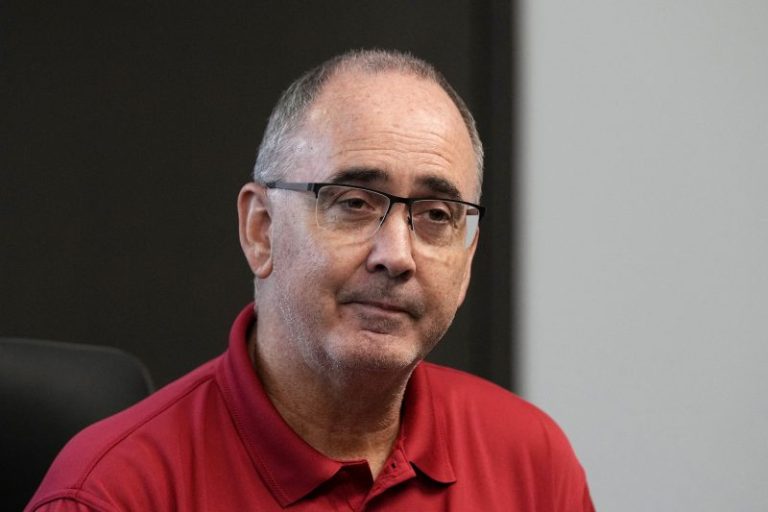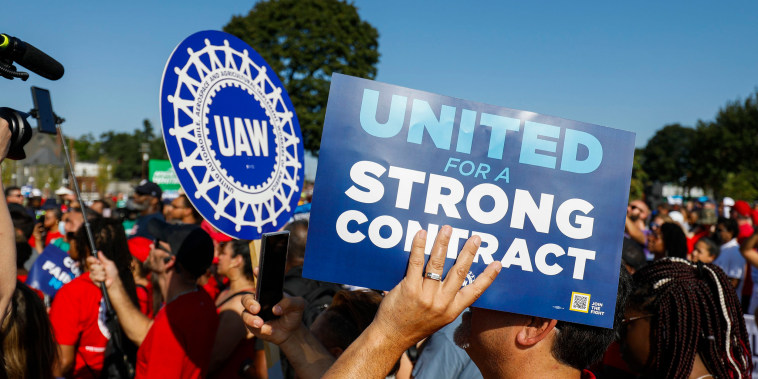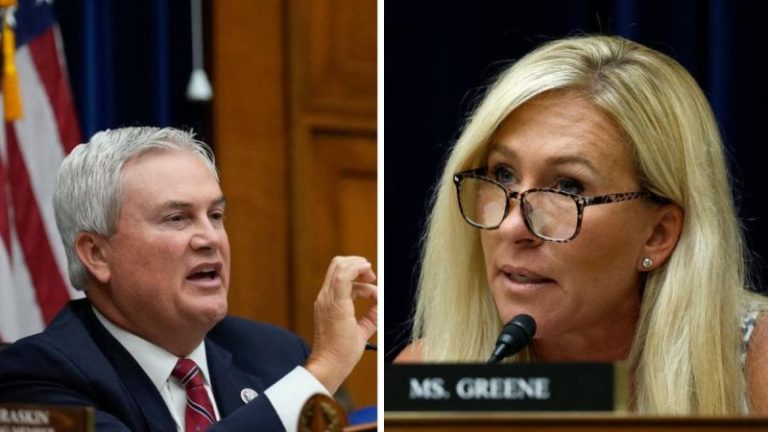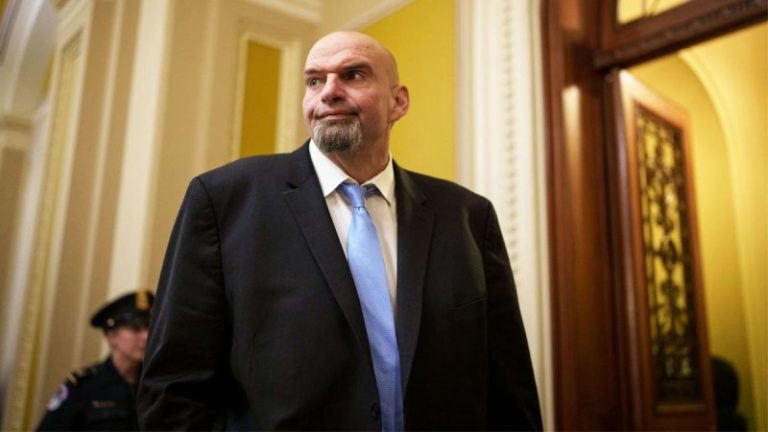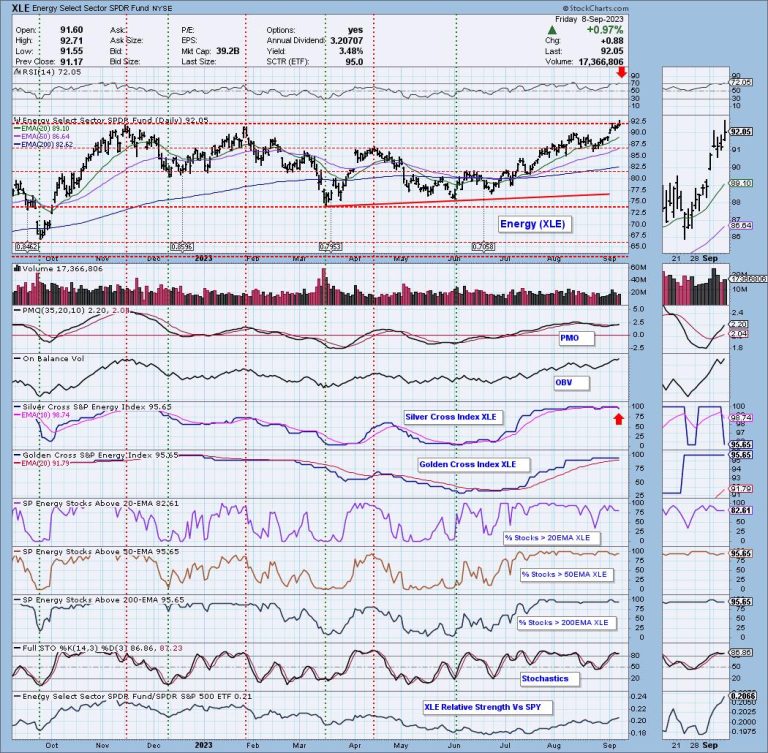Is 39-year-old Aaron Rodgers, four-time NFL MVP, now of the New York Jets, past his prime?
By the looks of it in the Jets final preseason game, no. The veteran QB threw for 47 yards in a brief outing and fired a touchdown pass which was vintage Rodgers.
Thirty-six-year-old Lionel Messi, now of Inter Miami of Major League Soccer, certainly isn’t done. He scored Argentina’s lone goal in a 1-0 win over Ecuador in a 2026 World Cup qualifier.
Joey Votto of the Cincinnati Reds? Probably. He’s hitting .200.
CRYSTAL CLEAR: FORECAST FOR POSSIBLE GOVERNMENT SHUTDOWN IS MURKY
Votto, a potential Hall of Famer, stroked a meager .205 last season.
Injuries and time haven’t caught up to Rodgers and Messi.
But with Votto who turns 40 Sunday? Yes.
So here are three athletes, close to the same age, at different levels of proficiencies in their careers.
Which brings us to politics.
Politics is about ‘trends.’
‘Age’ and ‘health’ are the hottest patterns in politics.
Voters and reporters are now infatuated with politicians who are senior citizens or struggling with health problems.
President Biden. Senate Minority Leader Mitch McConnell, R-Ky., Sen. Dianne Feinstein, D-Calif., former President Trump, Sen. John Fetterman, D-Penn., have faced questions about their age and health.
Former House Speaker Nancy Pelosi, D-Calif., stepped down in January from her post at the age of 82. Now, 83, Pelosi remains in Congress as a rank-and-file member. But Democrats were raising questions about the long-term viability of Pelosi and former House Majority Leader Steny Hoyer, D-Md. The 84-year-old Hoyer also stepped aside from his leadership position but remains in Congress.
Some of this stems from the fact that many of the nation’s most prominent politicians are older. The mean age in the Senate is now around 66. Ironically, the age in the House is slightly younger: around 58. In fact, the median House age declined over the past couple of years.
But there are several reasons why people are more focused on the age and health of politicians. It’s because older people now occupy positions of power. And, it’s more glaring when they suffer a health episode.
Look at President Biden. The oldest person ever elected Executive in Chief at age 77. If voters re-elect Mr. Biden, he’d be 86 at the end of a second-term. Moreover, presidential observers and critics often focus on Mr. Biden’s occasional verbal gaffes and other miscues.
This brings us to 81-year-old Senate Minority Leader Mitch McConnell, R-Ky.
McConnell missed several weeks over the winter after falling at a Washington, DC hotel. The Kentucky Republican sustained a concussion and a collapsed lung.
McConnell returned to the Senate this week for the first time since freezing at a press conference last week in northern Kentucky. McConnell also froze up the last time reporters saw McConnell during a Capitol Hill press conference on July 26.
When the Senate reconvened for the first time in nearly six weeks Tuesday, McConnell sent around a doctor’s note from Capitol Attending Physician Brian Monahan.
Monahan’s missive declared that McConnell wasn’t showing signs of Parkinson’s Disease and had not suffered strokes. So while Monahan ruled things out for McConnell, he certainly didn’t rule things in.
THE HITCHHIKER’S GUIDE TO MCCONNELL’S HEALTH AND A POTENTIAL GOVERNMENT SHUTDOWN
So when McConnell met with the Congressional press corps for the first time since the July freezing episode, I posed the first question to the Leader.
‘Respectfully,’ I asked McConnell. ‘Can you tell us what is afflicting you?’
McConnell immediately pivoted to Monahan’s letter.
‘I don’t have anything to add to it and I think it should answer any reasonable questions,’ replied McConnell.
‘He didn’t tell us what it is,’ I countered. ‘Do you know what it is?’
McConnell only chuckled and turned away.
However, McConnell later appeared steely when asked about those who thought it was time for him to go.
‘I’m going to finish my term as Leader and I’m going to finish my Senate term,’ said a stern McConnell.
Most GOP senators appeared pleased with McConnell’s responses. The Leader assured senators about his health condition during a closed luncheon before the press briefing.
Sen. John Kennedy, R-La., announced that McConnell told senators he had suffered two episodes and both were in public.
‘He did a good job,’ said Sen. Rick Scott, R-Fla., who ran against McConnell for Leader last fall.
‘I thought Leader McConnell looked better yesterday than he did when he went to the break,’ said Sen. Roger Marshall, R-Kan., who is a gynecologist. ‘I’ve seen steady improvement in his strength since recovering from his concussion as well. I think he may be having some symptoms from it.’
Marshall added that ‘cognitively, he’s doing great and had enough strength to raise $49 million last month.’
Sen. Bill Cassidy, R-La., is a gastroenterologist.
‘What I saw at lunch today, (McConnell) seemed quite capable of doing his job,’ said Cassidy.
But Cassidy wouldn’t delve deeper into the medical questions.
‘I’m not his doctor,’ said Cassidy. ‘Ask me about an LSU wide receiver. A sprained ankle. I’ll give you an opinion. It’s solely an opinion. This is a little bit more important than a wide receiver’s sprained ankle. So I’ll refrain.’
However, Sen. Rand Paul, R-Ky., an ophthalmologist and frequent McConnell antagonist, did not refrain. Paul argued that McConnell’s malady may have been seizures. He criticized both McConnell and Monahan.
‘I think if you go halfway and you reveal stuff that doesn’t make any sense, it just leads to more questions,’ said Paul.
On FOX Business the next day, Paul characterized Monahan’s diagnosis as ‘inadequate and in all likelihood, not correct.’
Sen. Josh Hawley, R-Mo., is not a doctor, but the former Attorney General of Missouri. Hawley voted against McConnell last fall. However, Hawley says some Republicans are more than happy to defend McConnell yet question President Biden about his health.
‘I don’t think you can have it both ways,’ said Hawley. ‘It can’t be sauce for the goose, but not for the gander.’
McConnell’s freezing episodes were caught in the midst of scores of reporters and lots of TV cameras. So it’s hard to ignore.
But in addition to a surfeit of elderly politicians, we’re also in a period of iPhones, YouTube and constant video.
Few people outside of the Capitol witnessed the physical declines of former Senate Majority Leader Robert Byrd, D-W.V., or Sen. Strom Thurmond, R-S.C., in the 1990s and early 2000s.
Go back a little further.
Not a lot of people ever heard of late House Appropriations Committee Chairman William Natcher, D-Ky. Natcher kept a small staff. Generally shunned the press. But he chaired one of the most important committees in Congress. Natcher also set the all-time record of consecutive roll call votes set in either body of Congress: 18,401.
In short, Natcher never missed a vote in more than four decades in the House.
However, Natcher fell ill with a heart ailment in early 1994. The House even suspended its business for a day in the late winter of 1994 – solely for Natcher’s benefit. Otherwise, Natcher would have missed a vote because he was in the hospital.
An ambulance finally delivered Natcher to the Capitol on March 3, 1994. Medical professionals wheeled Natcher on a gurney into the House chamber to vote – complete with an oxygen tank and intravenous tubes snaking everywhere.
There is little documentation of this spectacle – because it was 1994. And despite his powerful chairmanship, Natcher was so low-key, you couldn’t locate him on a bass clef. Very few even recall this incident.
Natcher never returned to the Capitol and died a few days later after 41 years in the House.
So are McConnell, President Biden, former President Trump, Feinstein, Fetterman and others fit to serve? Or should they give it up?
Hard to say.
It’s easier to tell in sports than politics.
Lionel Messi has scored 11 goals for Inter Miami.
And Joey Votto is hitting .205 and remains on the injured list.
Chad Pergram currently serves as a senior congressional correspondent for FOX News Channel (FNC). He joined the network in September 2007 and is based out of Washington, D.C.
This post appeared first on FOX NEWS

